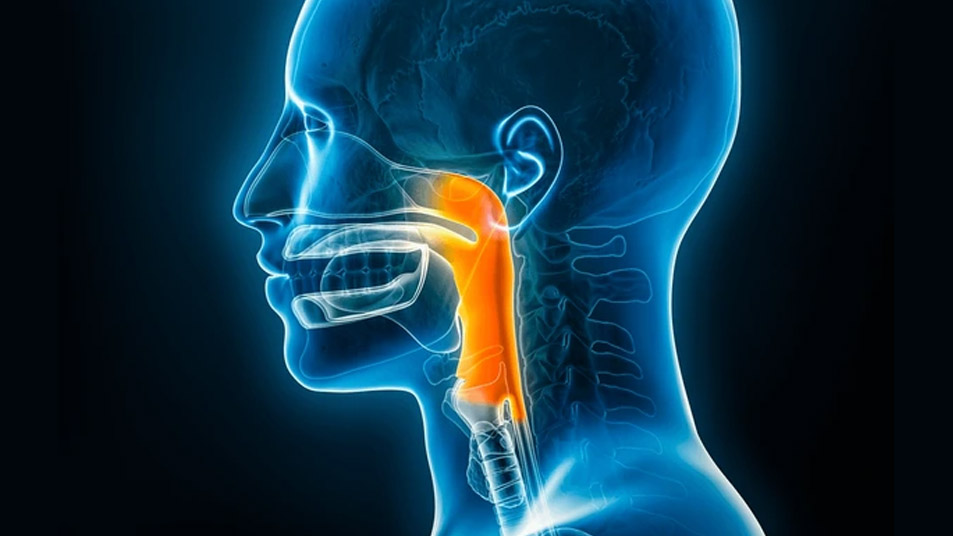
A surgical microscope and small equipment are used in the specialized process known as Micro Laryngeal Surgery, which is done on the larynx, or voice box. Surgeons can operate on the voice cords and other sensitive laryngeal tissues with extreme precision thanks to this technology.
Micro Laryngeal Surgery treats many voice cords disorders as below…
Vocal Cord Nodules and Polyps : Benign tumors of the vocal cords that can alter voice and produce hoarseness.
Vocal Cord Cysts : Sacs packed with fluid that may impact voice quality.
Recurrent Respiratory Papillomatosis : A disease when the vocal cords develop wart-like growths due to the human papillomavirus (HPV).
Early-stage Laryngeal Cancer : Carcinogenic lesions can be removed by micro laryngeal surgery.
Vocal Cord Hemorrhage : Vocal cord bleeding, which may have an impact on voice output.
Vocal Cord Scar : Production of scar tissue that may affect voice function.
Diagnosis of Micro Laryngeal condition :
Micro Laryngeal disorders are normally diagnosed by a combination of laryngoscopic examination, imaging investigations, and perhaps biopsy.
Clinical Evaluation :
Medical History : A thorough medical history will be taken by the doctor, along with any symptoms like voice abnormalities, hoarseness, throat pain, trouble swallowing, or a chronic cough.
Physical Examination : A general physical examination that included a throat and neck evaluation
Laryngoscopic Examination :
Indirect Laryngoscopy : This involves using a small mirror and a light to view the larynx. It’s a simple and quick method but may not provide detailed views.
This entails looking at the larynx with a light and a tiny mirror. Although it's a quick and easy way, it might not provide you detailed views.
Direct Laryngoscopy : A more thorough examination with a laryngoscope, a tube that is put via the mouth to see the larynx and contains a light and camera. Flexible laryngoscopies may be performed in a doctor's office, but stiff laryngoscopies require an operating room and anesthesia.
Imaging Studies:
CT Scan or MRI : With the use of these imaging methods, problems can be identified by obtaining comprehensive images of the larynx and adjacent tissues.
Ultrasound : Used sometimes to assess the laryngeal and neck tissues.
Biopsy : Micro laryngoscopy, which includes utilizing specialized equipment under magnification to gather tissue samples, may include a biopsy if a strange lesion is observed.
Laboratory Tests : Stroboscopy, a Vocal cord function test is implemented which visualizes slow-motion vocal cord vibration using strobe light for evaluation of Vocal Cord Function.
Diagnosis and Differential Diagnosis : A pathologist looks through biopsy samples to identify any abnormal tissue. The physician will take into account additional disorders such laryngitis, vocal cord nodules, polyps, cysts, papilloma, or malignancy that might present with same symptoms.
Treatment Plan : A treatment plan is created when a diagnosis is verified. This might entail surgical surgery, vocal treatment, medicinal management, or a mix of these.
Micro Laryngeal Surgery procedure :
Vocal cord and laryngeal abnormalities are diagnosed and treated with the delicate technique known as Micro Laryngeal Surgery. Usually, a microscope and specific microsurgical tools are used to ensure accuracy and reduce harm to the delicate laryngeal tissues.
Micro laryngeal surgery is indicated for various conditions, including:
- Nodules, polyps, cysts, or papilloma in the vocal cord.
- Frequent respiratory papillomatosis
- Paralysis of Vocal cord.
- Cancer of the larynx or precancerous lesions.
- Additional benign or cancerous growths.
Preoperative Preparation :
Evaluation : Thorough assessment of the patient's vocal chords via a stroboscopy or laryngoscopy.
Imaging : Imaging tests such as CT or MRI may be required sometimes.
Anesthesia : The process is usually carried out while under general anesthesia.
Procedure of Micro laryngeal surgery :
To allow the best possible access to the larynx, the patient is placed supine with their neck extended. The larynx is visible using a surgical microscope that is positioned to magnify the image. Through the mouth, a laryngoscope is inserted to reveal the voice chords. The lesions on the voice cords or other tissues are carefully removed or repaired by the surgeon using tiny surgical instruments. For accurate cutting and coagulation, a laser may be utilized in certain situations. If necessary, tissue samples might be obtained for a histopathological analysis.
Postoperative Care :
1. Until the effect of anesthetic is minimized, the patient is kept under observation in the recovery room.
2. Depending on the degree of the surgery, strict voice rest is frequently advised for a few days to several weeks.
3. Constant follow-up consultations to assess voice function and track recovery.
To promote voice results and help with rehabilitation, speech therapy may be suggested.
Advantages of Micro Laryngeal Surgery :
Micro laryngeal surgery, also known as micro laryngoscopy, is a skillful treatment that uses a microscope and precise equipment to operate on the larynx, or voice box. When treating laryngeal disorders, many patients and surgeons favor micro laryngeal surgery since it provides a multitude of advantages.
The following are a few benefits of micro laryngeal surgery:
Compared to conventional open operations, Micro Laryngeal Surgery involves less invasive procedures. The surrounding tissues are not as traumatized as there is less involvement of cutting and manipulation. By using a microscope, surgeons can see the larynx more clearly and precisely, improving their precision and accuracy throughout the process. Surgeons may target and treat particular regions with great accuracy, limiting injury to healthy tissues, thanks to enhanced visualization and specialized tools.
Compared to more invasive procedures, patients have shorter hospital stays and faster recovery times as a result of the procedure's minimally invasive nature. Following micro laryngeal surgery, patients often feel reduced pain and discomfort, which helps to make the recuperation period more comfortable. The complications of problems like infection, hemorrhage, and scarring are minimized because of exact targeting of the afflicted location and less damage to the tissues.
Micro laryngeal surgery preserves and, in some situations, improves voice function by concentrating on the exact removal or treatment of lesions, nodules, polyps, or other abnormalities. Execution of many micro laryngeal operations as an outpatient procedure enable patients to go home the same day.
Many laryngeal diseases, such as benign and malignant tumors, vocal cord paralysis, and other anatomical abnormalities, can be treated using this approach. Surgeons can take excellent samples of suspected lesions during the surgery, which can help with precise diagnosis and suitable treatment planning.
